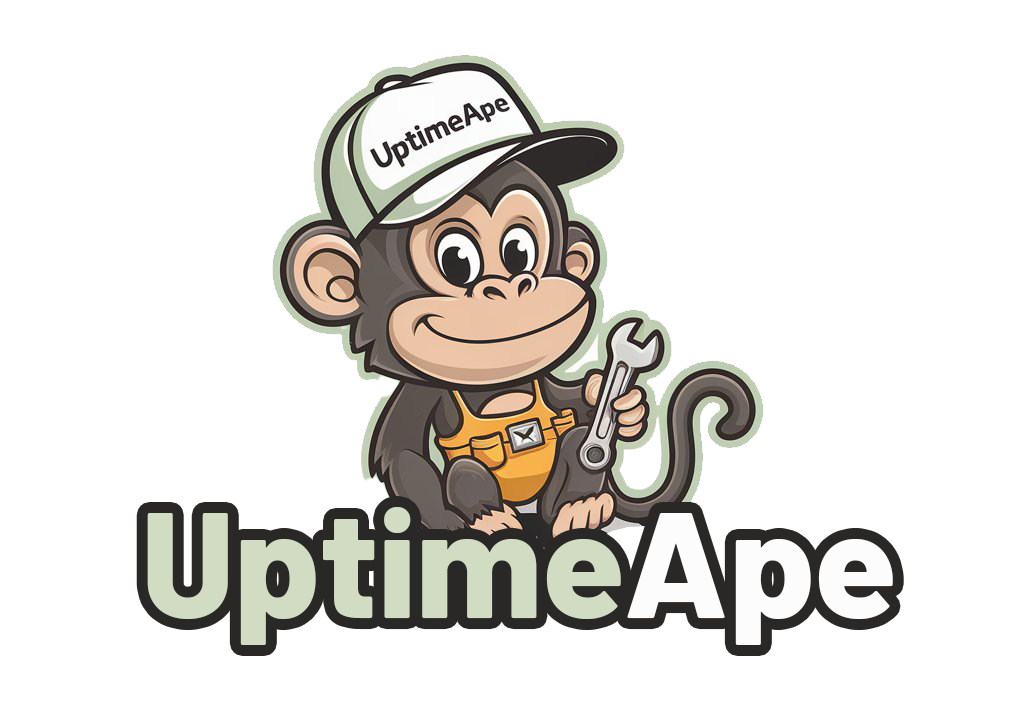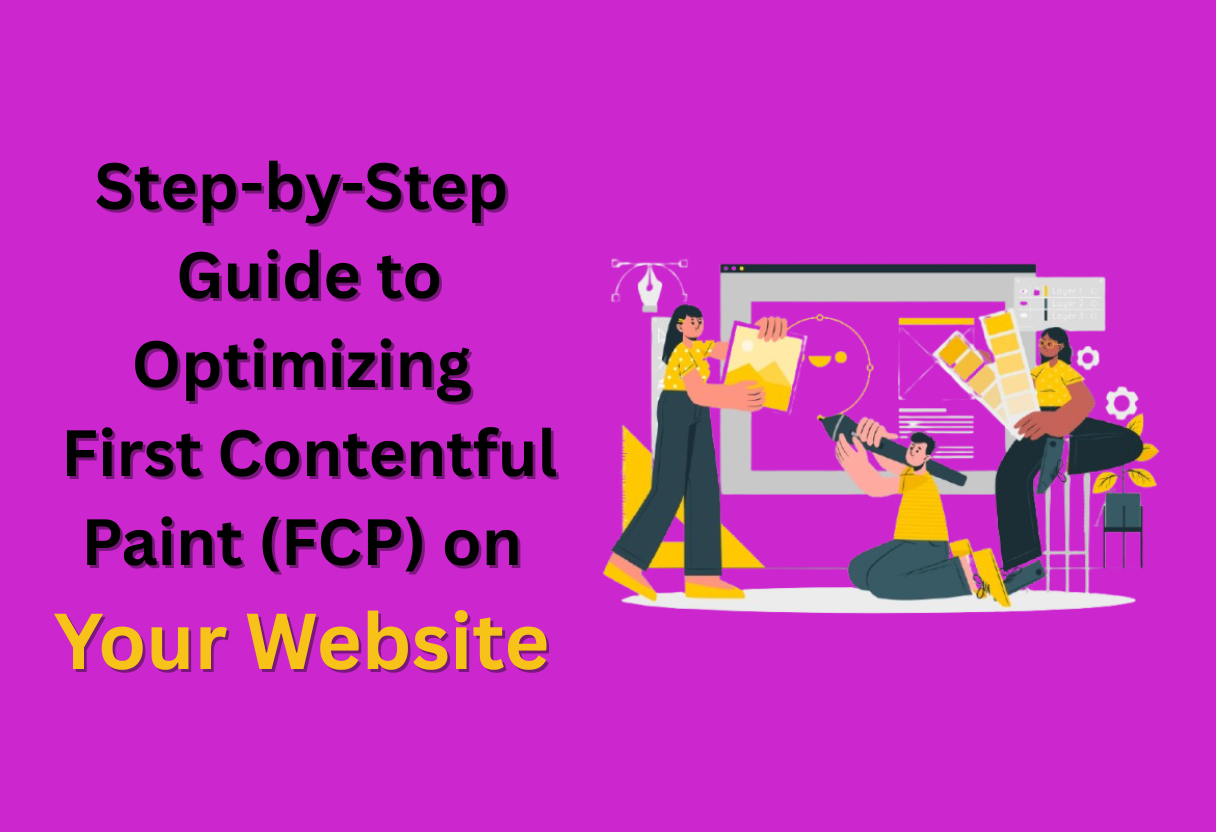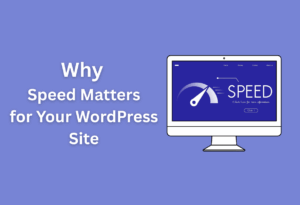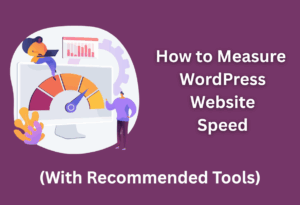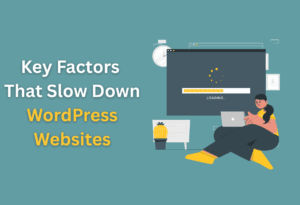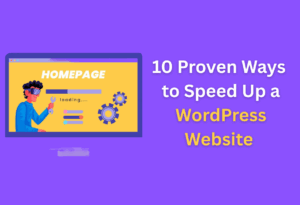You want your website to load quickly and provide a seamless experience for your visitors, and optimizing your First Contentful Paint (FCP) is a vital step in achieving that. FCP measures the time it takes for your website to display its first visible content, and a faster FCP can lead to higher user engagement and improved search rankings. In this guide, you will learn practical, actionable steps to enhance your FCP, ensuring your website captures attention instantly and keeps users coming back for more.
Understanding First Contentful Paint (FCP)
The First Contentful Paint (FCP) is a vital performance metric that reflects the time it takes for your website to display the first visible element to users. This could be anything from text to images or other visual elements, indicating to users that the page is loading. FCP is measured in seconds and is a key indicator of how quickly users perceive your website as responsive.
Definition of FCP
First, you should understand that FCP is a measure of how quickly a browser renders the first piece of content from your web page. This indicator plays a significant role in how users perceive their browsing experience, as it marks the initial point of engagement on your site.
Importance of FCP in User Experience
Assuming you aim for a seamless user experience, FCP is vital for reducing bounce rates. If users see content quickly, they are more likely to stay on your site and continue engaging with it. A faster FCP can significantly increase user satisfaction and, in turn, boost your website’s overall performance and conversion rates.
To enhance user experience, prioritizing FCP means you are actively addressing factors that contribute to user retention. When your content appears quickly, users feel a sense of responsiveness from your site, encouraging them to interact rather than leave. In today’s fast-paced web, even a slight delay can lead to significant drops in user engagement. Investing in optimizing your FCP can ultimately translate to higher traffic and better customer relationships.
Metrics for Measuring FCP
Little do many webmasters know that measuring FCP can be done using various tools such as Google Lighthouse or WebPageTest. These tools provide precise data on your site’s FCP and other crucial performance metrics, helping you understand how well your content is performing during the initial loading phase.
User engagement is greatly influenced by how fast your website loads its first visible content. By regularly monitoring FCP through these tools, you can identify performance bottlenecks and make informed decisions to improve load times. Knowing your FCP allows you to implement targeted optimizations, ensuring that your users have a positive experience and stay engaged with your content.
Types of Content Affecting FCP
There’s a variety of content on your website that can affect the First Contentful Paint (FCP), which is key to providing a good user experience. Understanding how different elements impact FCP can help you make informed decisions to enhance your site’s performance. Here are some content types to consider:
- Text Content
- Image Content
- Video Content
- Interactive Elements
- Third-Party Scripts
Any of these content types can impact load time, so it’s important to optimize them effectively for better FCP.
| Content Type | Impact on FCP |
| Text Content | Fast loading text improves perceived speed. |
| Image Content | Large images can significantly delay FCP. |
| Video Content | Heavy video elements slow down page rendering. |
| Interactive Elements | Scripts for interactivity can block FCP. |
| Third-Party Scripts | External scripts may cause additional load time. |
Text Content
Now, consider how text content is structured on your website. The visibility of text elements is a primary component of FCP, as quickly loaded text keeps users engaged while other resources continue to load. Ensure that your text is optimized and lightweight to facilitate faster rendering.
Image Content
Now, let’s talk about image content. Images often contribute significantly to the overall load time of a page, impacting FCP negatively when not optimized. Using formats like WebP or compressing images helps reduce their size without sacrificing quality, thus ensuring a quicker paint time.
Content delivery networks (CDNs) can further enhance image loading speed. By serving images from a location closer to the user, you decrease the distance those assets need to travel, leading to faster rendering. This approach works hand-in-hand with image optimization techniques to provide a smoother browsing experience.
Video Content
There’s no denying that video content can enhance your website but can also slow down FCP if not managed properly. Large video files can take time to load, potentially delaying when users see any content on the screen. You should look into methods like lazy loading or providing a poster image that displays while the video loads.
It is also important to consider using lighter video formats or embedding options that allow for more seamless integration. Streaming services can offload some of the work from your server, thereby speeding up FCP even when video content is present.
Interactive Elements
Interactive elements can add functionality and engagement to your site but may slow down FCP if they rely on heavy scripts. Minimize the use of large libraries and ensure that any interactive features are loaded efficiently in the background to avoid delays in content being displayed to the user.
Image optimization strategies can be adapted for interactive elements as well. By ensuring that scripts are non-blocking or only loaded as needed, you can significantly minimize their impact on FCP while still providing the engaging experience users expect from your website.
Factors Influencing FCP
Many elements can impact the First Contentful Paint (FCP) of your website. Understanding these factors will help you optimize performance effectively. Key influences include the following:
- Server Response Times
- Resource Loading Order
- Critical Rendering Path
- Browser Rendering
Knowing how these aspects interact can lead to improvements in your website’s loading speed and user experience.
Server Response Times
An important factor affecting FCP is server response times. If your server takes too long to respond to requests, it can significantly delay the rendering of content on your site. Minimizing server response times is crucial for achieving a faster FCP.
Resource Loading Order
An effective resource loading order can enhance your website’s FCP. By prioritizing the loading of crucial resources, such as CSS and critical JavaScript, you ensure that the browser processes these elements first, leading to a quicker rendering of visible content.
It is advisable to place critical resources at the top of your HTML document and delay the loading of non-crucial scripts. This strategy can prevent render-blocking issues and help improve your FCP significantly.
Critical Rendering Path
Response times related to the critical rendering path largely dictate your FCP. This path refers to the sequence of steps the browser takes to convert HTML into a visually rendered page. Disruptions in this path can hinder how quickly content is painted on the screen.
Loading resources in an optimized manner is vital for a smooth critical rendering path. You should aim to minimize the number of resources that block rendering and utilize techniques like asynchronous loading for scripts to facilitate faster content display.
Browser Rendering
On a web browser, rendering encompasses the process of interpreting HTML, CSS, and JavaScript to display web pages. How efficiently your browser handles rendering affects your FCP. Poor rendering performance can lead to a noticeable lag in the display of content, impacting user satisfaction.
Order your CSS to ensure that it does not block rendering, and consider methods that help reduce the rendering workload in your scripts. The right approaches can enhance the browser’s rendering speed and lead to a better FCP experience for your visitors.
Step-by-Step Guide to Optimize FCP
Unlike many performance metrics, First Contentful Paint (FCP) is integral in determining how quickly users can perceive content on your website. To help you improve your FCP, we have broken down the optimization process into actionable steps outlined in the table below.
| Optimization Step | Description |
|---|---|
| Assessing Current FCP Status | Evaluate your website’s current FCP metrics using tools like Lighthouse or PageSpeed Insights. |
| Improving Server Response Times | Implement server optimizations to ensure that server response times are minimized. |
| Optimizing Resource Load Order | Adjust the order of resource loading to prioritize crucial content. |
| Using Lazy Loading Techniques | Implement lazy loading for images and videos to enhance speed without sacrificing content. |
| Minimizing JavaScript and CSS Blocking | Reduce the impact of JavaScript and CSS on the render-blocking time. |
Assessing Current FCP Status
Optimize your understanding of your website’s current FCP performance by utilizing tools such as Google Lighthouse or PageSpeed Insights. These analytics platforms provide detailed reports that will help you identify current paint timings and other related metrics. By quantifying where your website stands, you can set attainable goals for improvement.
Improving Server Response Times
While focusing on your FCP, one of the core areas to enhance is your server’s response time. A slower server will delay the rendering of your content, directly impacting the FCP. You can achieve faster response times by optimizing your server configurations, using content delivery networks (CDNs), or even upgrading to better hosting solutions.
Times are of the essence when it comes to server response. If you are experiencing lengthy time delays, consider caching strategies, database optimizations, and leveraging HTTP/2 for improved speed. Each of these techniques can significantly contribute to enhancing response times, thus leading to a better user experience and improved FCP metrics.
Optimizing Resource Load Order
Clearly, the order in which resources are loaded on your website can greatly affect FCP. To optimize this, prioritize loading critical CSS and JavaScript first, followed by non-crucial elements. This approach ensures that users see content quickly as they load the page.
Load your crucial styles and scripts in the heading to prevent render-blocking, while deferring non-crucial resources until after the main content has been displayed. By maintaining a strategic load order, you allow the most important aspects of your site to appear sooner, resulting in an improved FCP and enhanced user engagement.
Using Lazy Loading Techniques
Clearly, implementing lazy loading techniques can improve your website’s FCP by only loading images and videos when they enter the viewport. This method prevents unnecessary data from loading initially, making your site feel faster and more responsive to users.
Status updates become more efficient with lazy loading implemented. As users scroll, assets are fetched at that moment, rather than all at once during the initial loading phase. This strategy not only reduces initial load time but also frees up resources, further optimizing your FCP by enhancing your website’s overall performance.
Minimizing JavaScript and CSS Blocking
Loading external script and style files can significantly hinder your website’s FCP. Minimizing JavaScript and CSS blocking involves optimizing the way these files are loaded so they don’t interfere with the rendering of visible content.
JavaScript files should be deferred until after critical elements have loaded or preferably made asynchronous to prevent blocking. Similarly, minimizing CSS and inlining critical style rules can maximize the efficiency of content render, allowing users to view significant elements sooner, thereby enhancing the FCP of your website.
Tips for Sustaining Optimal FCP
Once again, achieving an optimal First Contentful Paint (FCP) is only part of the journey. To consistently maintain your website’s performance, consider the following tips:
- Regular Performance Monitoring
- Utilizing Content Delivery Networks (CDNs)
- Keeping Software Updated
- Implementing Caching Strategies
Recognizing the importance of these strategies will help you sustain your progress toward an excellent FCP.
Regular Performance Monitoring
One way to ensure that your website maintains optimal performance is by regularly monitoring its speed and loading times. Utilize performance monitoring tools to assess FCP along with other core metrics. This frequent check-in allows you to identify any issues swiftly and address them before they affect user experience.
Utilizing Content Delivery Networks (CDNs)
Delivery of your content can significantly impact how quickly it loads for users worldwide. By leveraging CDNs, you can cache your website’s resources on multiple servers across different locations. This means that when a user accesses your site, they can retrieve content from a server closer to them, reducing latency and improving loading times.
Regular integration of CDNs not only enhances your website’s speed but also balances the load on your server. This can lead to further optimizations in resource distribution and can result in improved FCP metrics. Furthermore, CDNs often provide additional features like security and analytics, making them a worthwhile investment for website efficiency.
Keeping Software Updated
You should always keep your website’s software updated. This includes your content management system, plugins, and themes. Updates often contain important performance enhancements, bug fixes, and security patches that can contribute to better FCP outcomes.
Content management systems frequently release new versions that optimize the backend efficiency of your site. By ensuring that you’re running the latest versions, you not only preserve your site’s functionality but also enhance your FCP through improvements that developers have implemented in response to user and technical feedback.
Implementing Caching Strategies
CDNs can greatly assist you in implementing effective caching strategies. By storing copies of your web pages and resources, you can dramatically reduce load times for repeat visitors. Caching allows users to access a stored version of your content quickly, making their experience smoother and enhancing FCP.
Updated caching techniques can include browser caching, server caching, and object caching. Each type serves a role in ensuring that content loads swiftly and efficiently. By integrating these strategies, you help minimize delays for returning users, ultimately contributing to a more consistently positive FCP and user experience.
Pros and Cons of Optimizing FCP
To understand the impact of optimizing FCP on your website, consider the following pros and cons:
| Pros | Cons |
|---|---|
| Improved user experience | Time and resource investment |
| Higher search engine rankings | Complex optimization techniques |
| Reduced bounce rates | Potential conflicts with other optimizations |
| Increased conversions | Need for continuous monitoring |
| Better performance across devices | May require code changes |
| Enhanced brand perception | Risk of compatibility issues |
| Lower server load | Possible dependencies on third-party resources |
| Faster loading times | Investment in new tools or software |
Advantages of Faster FCP
To maximize user engagement, improving your FCP can significantly enhance user satisfaction. A quicker FCP means your web content grabs attention almost immediately, reducing frustration and encouraging users to stay longer. With a strong FCP, your website can foster a more positive interaction, which in turn can lead to increased conversions and better overall performance.
Potential Drawbacks and Challenges
Little do many realize that while optimizing FCP carries several benefits, there are potential drawbacks to consider. The process may demand substantial time, effort, and even financial resources that could divert attention from other vital areas of your website’s growth.
Challenges arise when finding the right balance between optimizing FCP and other site elements. As you adjust your website for optimal loading speed, you may encounter conflicts with existing features or plugins. This may lead to unforeseen compatibility issues or the need to alter your site’s code significantly. Additionally, continuous monitoring and adjustments could further strain your resources, making it crucial to weigh these factors against the benefits.
To wrap up
Hence, by following this step-by-step guide to optimize your First Contentful Paint (FCP), you can significantly enhance your website’s loading performance. Implementing strategies such as minimizing render-blocking resources, optimizing images, and leveraging browser caching will not only improve user experience but also positively impact your search engine rankings. Take these actionable steps towards a faster site, and you’ll find that your visitors are more engaged and satisfied with their experience on your platform.
